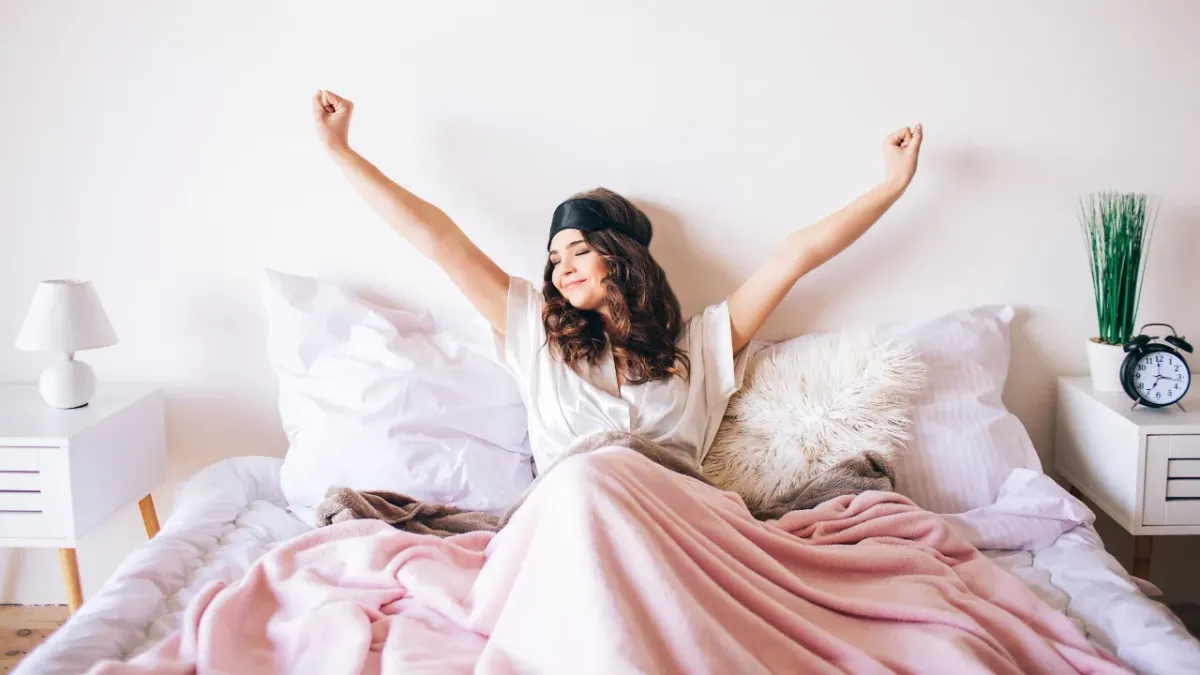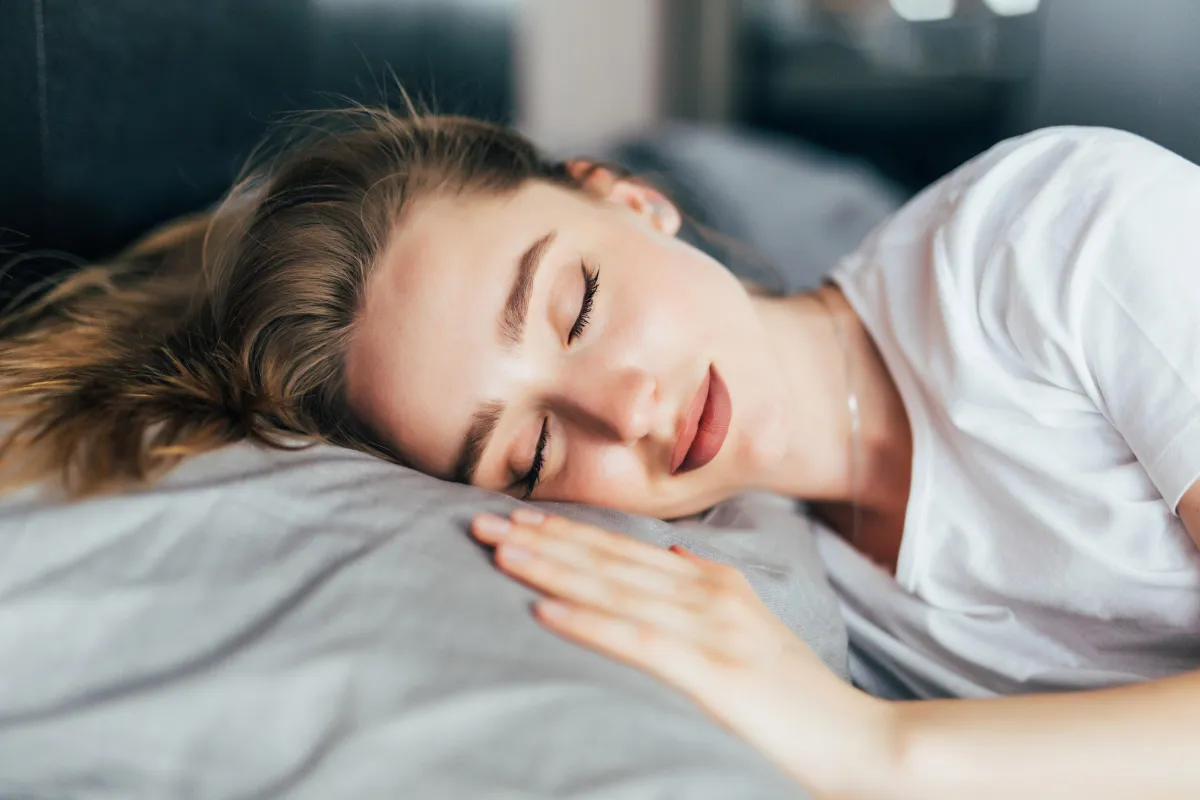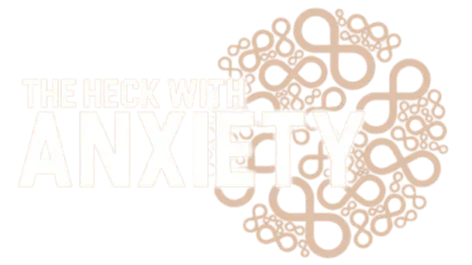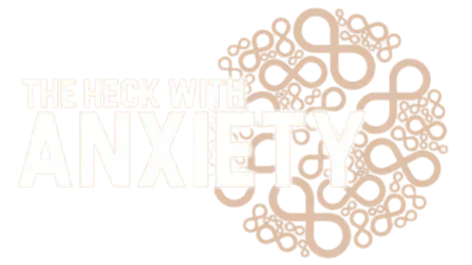The Power of Sleep Hygiene: Tips for Better Sleep to Reduce Anxiety

Sleep and anxiety are closely linked—and not in a good way. When your anxiety flares up, sleep gets harder. When you sleep poorly, anxiety hits harder the next day. It’s a cycle most people don’t realize they’re stuck in until it starts affecting everything—mood, focus, patience, and even physical health.
The good news? You don’t need to overhaul your life to fix this. You just need to improve your sleep hygiene.
Sleep hygiene isn’t about perfection or routines that take 90 minutes. It’s about small, intentional habits that help your body wind down and get quality rest—night after night.
Have you ever heard about the transformative power of visualization or the law of attraction? Both concepts have the potential to ignite a positive mindset within you. Visualization is not just a tool; it's a phenomenon that has empowered countless Olympic athletes, entrepreneurs, and entertainers to program their minds for success before they even step onto the field or stage.
By understanding and practicing visualization, you gain the power to intentionally manifest your dreams, objects, and people into your life experience. Whether or not you believe in the concept of being the creator of your own reality is irrelevant. What matters is that you have the freedom to experiment with your thoughts and build something new in your reality.
What Is Sleep Hygiene?
Sleep hygiene is a set of behaviors that support better sleep. Just like brushing your teeth prevents cavities, sleep hygiene protects your nervous system. When your sleep is consistent and restorative, your baseline anxiety goes down. Your mood is more stable. Your thoughts stop racing as much. You feel more capable of handling stress.
The trick is to stop treating sleep like an afterthought. It’s not something you "do" once your day is over. It’s something you prepare for.

1. Go to Bed at the Same Time Every Night
Your body has a built-in clock, and it runs on rhythm. If you go to bed at a different time every night, you’re constantly throwing that clock off. That makes it harder to fall asleep and stay asleep.
If you want to wake up at 7 a.m., start winding down by 9 p.m., and aim to be in bed by 10. You’ll fall asleep faster and wake up with less grogginess over time.
2. Build a Bedtime Routine That Actually Helps
Morning routines get a lot of hype, but a good day starts with the night before. A strong bedtime routine signals to your brain that it’s safe to slow down.
Here’s what helps:
Light stretching
Journaling (not goal-setting—just get the day out of your head)
Reading a physical book
Aromatherapy (lavender is a good place to start)
And here’s what to avoid:
Screens: The blue light from phones, tablets, or TVs tells your brain it’s daytime. That delays melatonin production and keeps you alert when you should be powering down.
Heavy meals: Big meals late at night activate your digestion and confuse your body. Ideally, finish dinner 2–3 hours before bed. Skip caffeine after the afternoon, and go for herbal tea if you want something warm.
3. Create a Sleep-Friendly Environment
Visualization is a mental practice that helps a person develop vivid and detailed mental images of their dream life or desired results. You can use imagination to simulate the experiences in your mind, a technique often used by sports athletes for psychology and personal development.
For example, if you are preparing for a swimming competition, you can close your eyes and visualize yourself confidently taking first place in the competition. This will help your subconscious mind think of these imaginary situations as significant. Using all of your senses during the visualization process will help you practice effectively, which will create the way for your ideal future and specific goals.
Visualization has many uses, such as manifesting a specific goal or preparing yourself for tough challenges. According to a study, creative visualization techniques can improve performance. For example, tennis players who visualized doing better serve performed exceptionally. Many successful people focus on using visualization techniques regularly, which makes their subconscious mind more open-minded to achieving the outcome they envision.
Using your imagination can significantly move you toward your dream life. Here are some of the most useful and favorite visualization techniques that will help you to achieve your goals:
This matters more than people think. Your bedroom should make it easier for your brain to relax—not harder.
Here’s how to set it up:
Cool down: The ideal temperature for sleep is 60–67°F (15–19°C). Your body sleeps best when your core temperature drops.
Black it out: Cover any blinking or glowing lights, close the curtains tight, and dim the lights early.
Use earplugs or an eye mask: These simple tools block out sleep disruptors—especially useful if your partner snores or your neighbor’s porch light never shuts off.
Bonus tip: If you have long hair, tie it up or wear a sleep bonnet to avoid that neck-on-hair irritation that can wake you up throughout the night.
4. Keep Your Bed for Sleep (and Intimacy) Only
If you scroll, snack, or answer emails in bed, your brain starts to associate your mattress with activity—not rest. That makes it harder to fall asleep when you actually want to.
Keep this rule simple: if you're not sleeping or being intimate, get out of bed. Read in a chair, journal on the couch—just let the bed be a place your brain connects with rest.
One More Thing: Sleep Isn’t Just a Wellness Trend
It’s a basic human need. You can’t outsmart poor sleep. You can’t hustle through it. You can’t supplement your way around it.
If you’re doing all the right things and still waking up exhausted, talk to your doctor. A sleep study might uncover things you can’t fix with lavender oil and blackout curtains.
But most people don’t need a medical intervention—they just need to treat sleep with the same respect they give their work or workout routine.
You don’t have to earn your rest. You just have to protect it.
Start with one or two habits from this list. Test them out for a week. Adjust as needed. You’ll be surprised how much easier everything feels when your brain isn’t running on fumes.
Visualization can truly change your daily life by helping you manifest a positive mindset and achieve your dream life. By consistently applying these powerful visualization techniques, you can set yourself up for success. Engage all of your senses and maintain a positive emotional focus to enhance your desired outcomes.
Adopt a regular manifestation practice to keep your goals clear and your motivation strong. Embrace a positive mindset, believe in your ability to achieve your goals, and witness how your life aligns with your dreams.

Subscribe for clear, real-world strategies to help you manage stress, build resilience, and feel more in control of your day.
© 2025 The Heck With Anxiety
Privacy Policy
Terms and Conditions
Refund Policy
Legal Disclaimer
